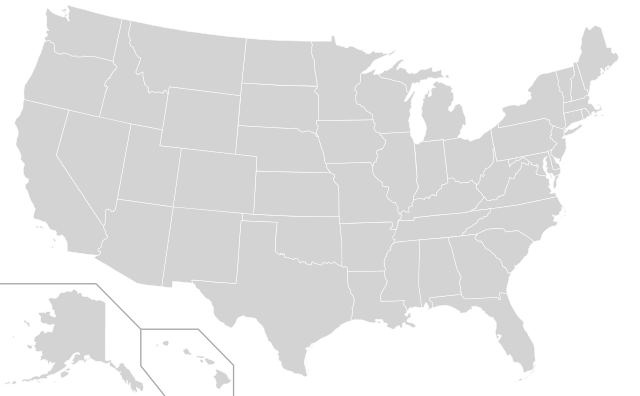The Illinois Supreme Court in the last 18 months has struck down pension reform laws at the state and city level.
But Illinois and Chicago officials are likely to try again, and are still studying options for changing pension benefits and bringing costs down.
They are studying two options in particular. Crain’s Chicago explains:
One option involves offering workers something to give up part of their pension benefit, the so-called “consideration” model. Its major proponent is Senate President John Cullerton, who’s trying to line up the votes to pass it through his chamber later this spring.
Another plan would buy out pensions, offering workers a pile of money they would control and invest themselves in exchange for giving up their rights to a defined-benefit plan. The plan is particularly popular with Republicans and conservative groups.
But neither option would provide more than a fraction of the savings to taxpayers that earlier plans covering state workers and city laborers and white-collars employees would have. And the legal fraternity is divided over whether either will pass constitutional muster with the court, though the buyout option may have a fair shot.
[…]
Cullerton, however, points to a section in the most recent ruling—see paragraph 53—that says benefits could be reduced in exchange for another “additional benefit.”
Since nobody working for government ever is guaranteed a salary hike, the General Assembly can require workers to choose between having pay increases through the years included in their pension base or giving up the 3 percent compounded annual benefit hike that retirees now get each year to make up for inflation, he argues.
Bruce Rauner has all but endorsed Cullerton’s plan. But legal experts are split as to whether the plan would hold weight in the state Supreme Court.
Photo by Viewminder via Flickr CC License








